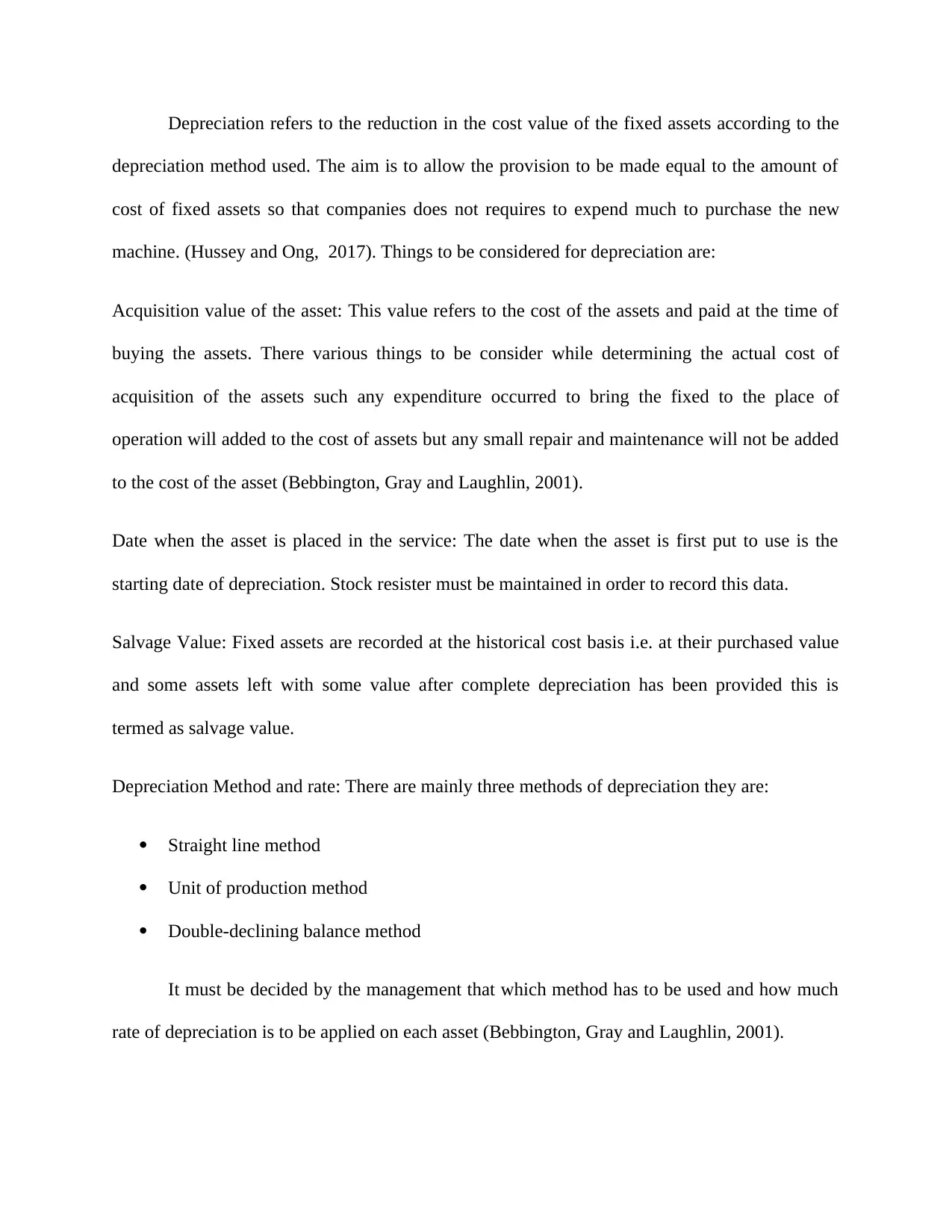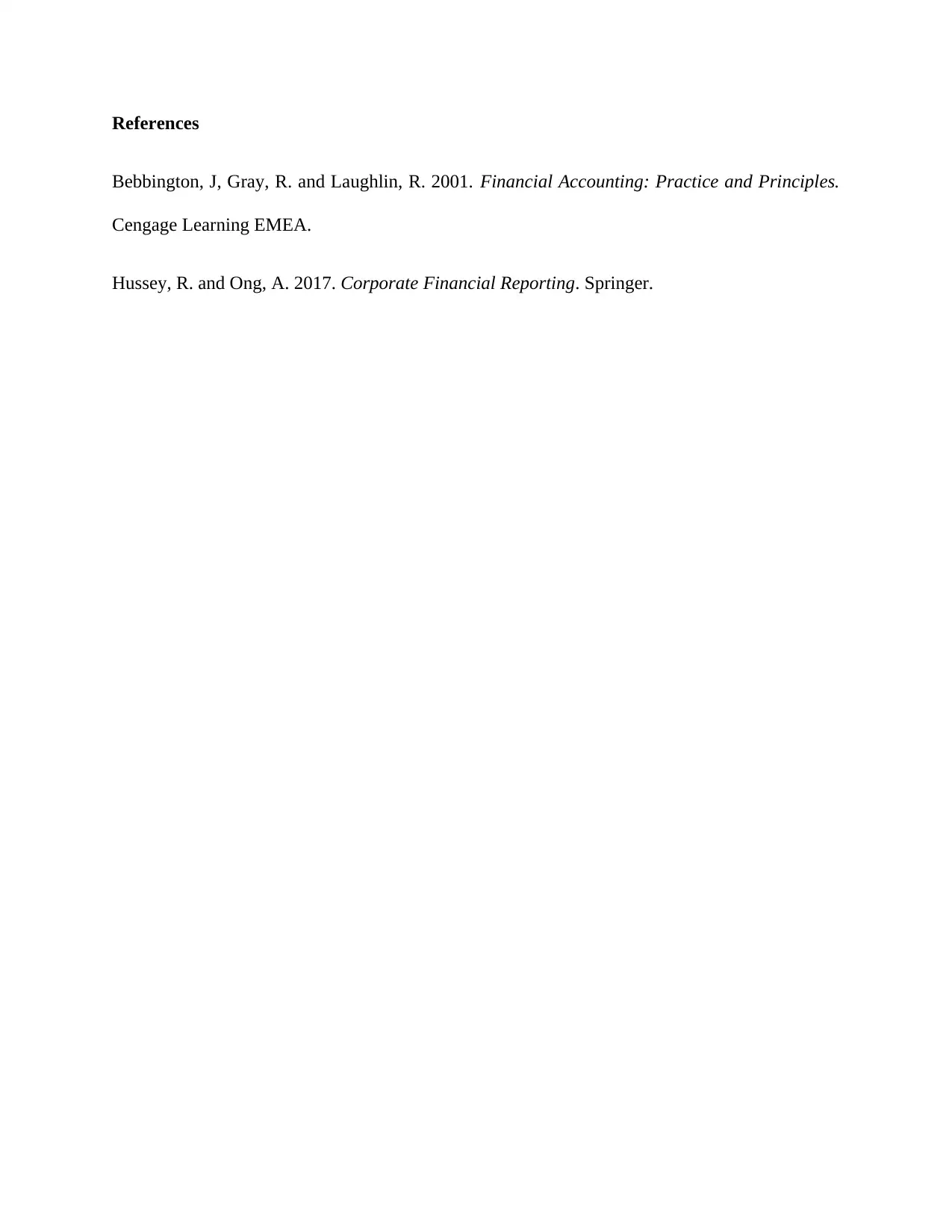Depreciation Methods and Their Significance in Accounting
VerifiedAdded on 2020/05/08
|2
|337
|138
Report
AI Summary
This report provides a comprehensive overview of depreciation methods and their significance in financial reporting. It discusses key considerations such as the acquisition value of assets, the date assets are placed in service, and salvage value. The report details the three primary depreciation methods: straight-line, unit of production, and double-declining balance, emphasizing the importance of choosing the appropriate method and depreciation rate. It references key accounting principles and provides valuable insights into how these methods impact financial statements and asset valuation, making it a useful resource for students studying finance and accounting. This report is available on Desklib, a platform offering AI-based study tools and resources.
1 out of 2







![[object Object]](/_next/static/media/star-bottom.7253800d.svg)